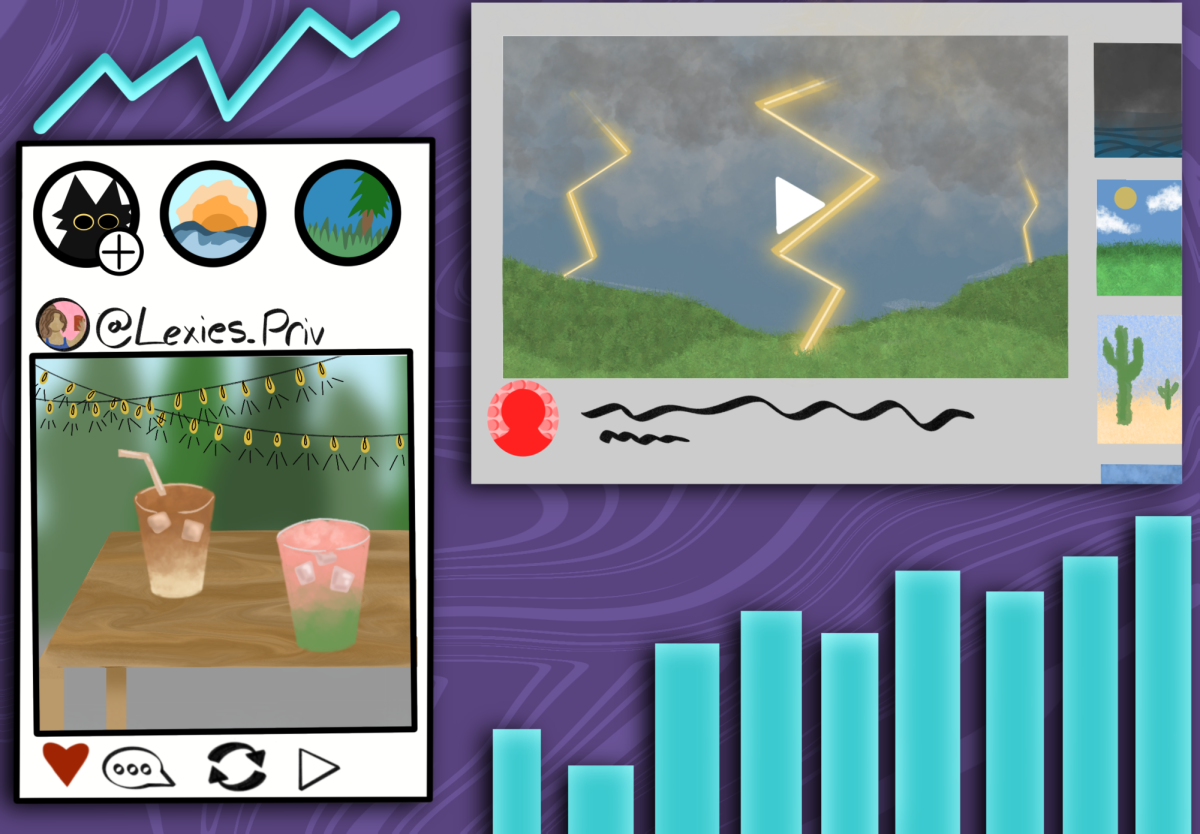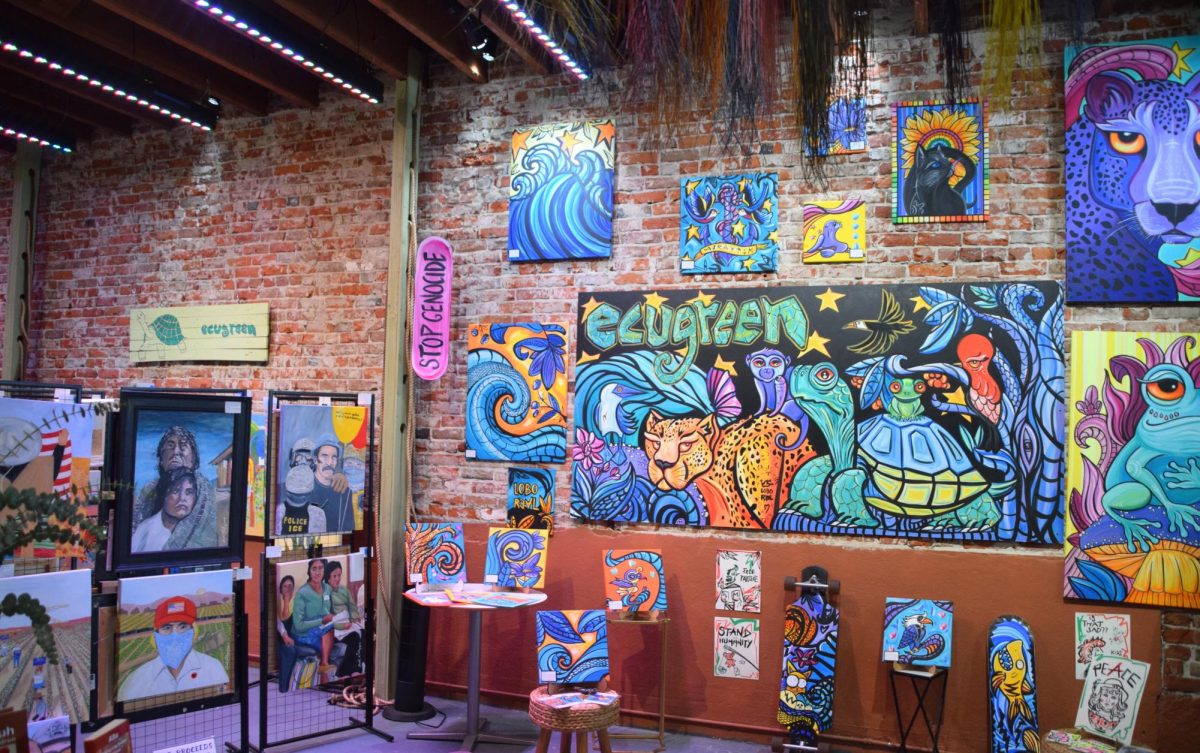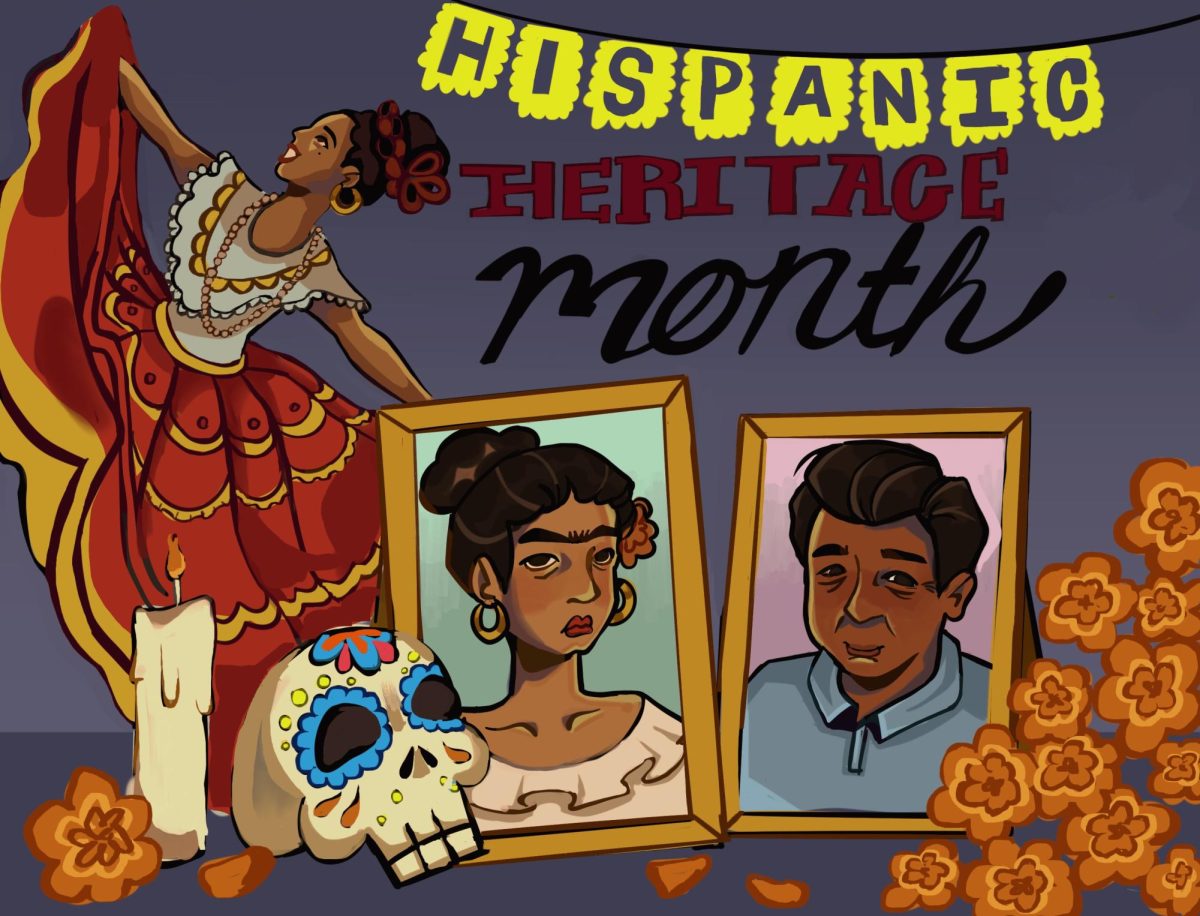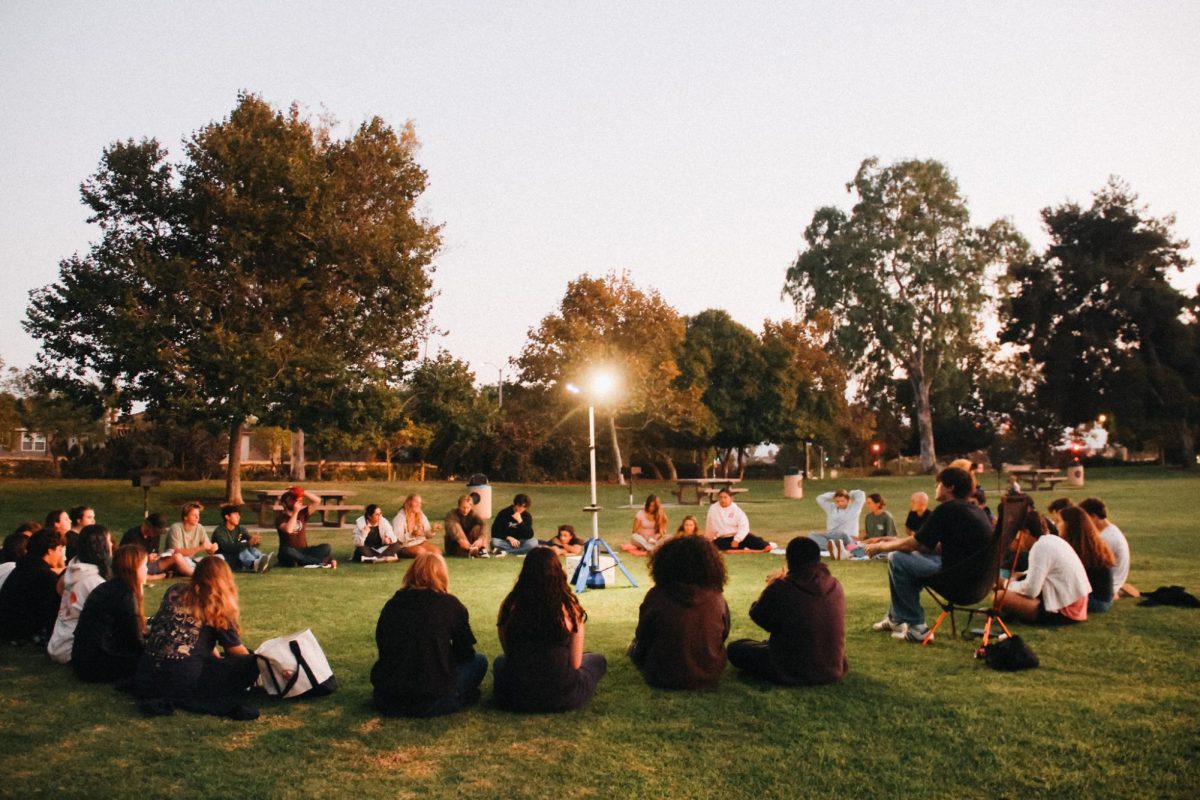
He started using marijuana when he was 12. Four years later, his abuse of Spice (synthetic marijuana) and methamphetamine prompted his ex-girlfriend to report him to Foothill’s administration.
“I was slamming more dope than I could handle,” he said. “It really messed up my life and led to mixed and destroyed emotions… I regret ever doing it.”
For over a year, he injected crystal meth about three times a week, and he estimates that he’s smoked Spice over 100 times.
After he was expelled from Foothill, he was put into a mental hospital for nine days to detox.
“The mental hospital was horrible… we had no windows, we could not go outside, the only breeze I felt was from the air conditioner,” he said. “Life was pretty much like jail there.”
But for him, nothing was worse than the pain of detox.
“It was one of the hardest things ever,” he said. “The comedown was unrealistically scary, nothing felt real.”
National incidents regarding synthetic drugs increasing
This former Foothill student, who’s name is being withheld by the Dragon Press, is one of a growing number of American teenagers who are using synthetic, or “designer drugs.”
The United Nations Office on Drugs and Crimes recently reported that the use of synthetic drugs has surpassed the use of cocaine and heroin. Teenage use of synthetic marijuana and bath salts may be slipping under parents’ radar because they are two of the newest synthetic drugs.
Synthetic marijuana is made from herbs sprayed with formulated chemicals that produce a cannabis-like effect, and bath salts are a whitish, crystalline powder created to mimic the effects of cocaine or meth.
This year, The American Association of Poison Control Center (AAPCC) has already seen the number of reported incidents double.
The same rise can be seen with bath salts as the number of calls concerning this new drug has risen dramatically in the past year. In 2010, the AAPCC received 303 calls regarding bath salts, but this year they have received 5,625 calls.{sidebar id=41}
Though police said local statistics are not available, the national trend prompted the Ventura police to discuss the problem with Foothill teachers and administration last month at a staff meeting.
According to Rae Hanstad of The Alcohol and Drug Program of Ventura County, bath salts (also known as Ivory Wave, Vanilla Sky, and Bliss) first appeared in Ventura County a little less than a year ago. Synthetic marijuana (also known as Spice, K2, and Buzz) began to appear about a year and a half ago.
“What we hope is that by spreading the word and getting more information out there… people will understand the danger and stop using it… We also hope that we are going to be able to develop retail policies and try to get retail outlets to agree not to sell it,” said Hanstad. “If we can decrease the availability and increase the perception of its dangers… then we hope that the use will go down.”
There have yet to be any reported incidents of either drug on Foothill’s campus.
“I think the vast majority of our students wouldn’t bring drugs on campus, even if they use them recreationally,” said Principal Joe Bova. “But I’m guessing in the next year or so we probably will find someone in possession of one of those things.”
Side effects of synthetic drugs possibly fatal
One problem with synthetic drugs is that they can be far more dangerous than the drugs they mimic.
“It’s like playing Russian Roulette because no one ever knows exactly which ingredients are contained in the little envelope,” Hanstad said.
There are few laws regulating how the drugs are produced which puts users at risk. The government cannot monitor the amount of chemicals contained in each packet of synthetic marijuana, so users often experience a variety of negative side effects.
“It’s not monitored,” said Foothill health teacher Claire Adams. “God knows what’s in there.” 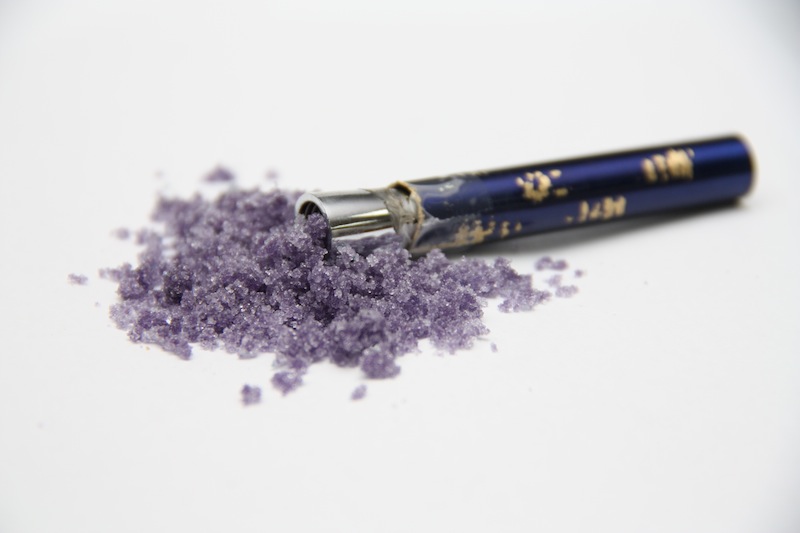
According to Hanstad, bath salts and synthetic marijuana are often made in foreign countries without any regulations, which results in adverse side effects such as strong hallucinations, paranoia, short-term psychosis, violent outbursts, and rapid heart rate.
“The dangers are the unknown toxicity of both of them. Some of the effects are very long-term and last beyond the time of the buzz from the product,” Adams said.
A former Buena student, who was expelled for a drug-related incident, recently took bath salts and claims it was one of the scariest experiences of his life.
“When I used meth, I usually came down after a day,” he said. “But when I used bath salts, I was up for like three days, and that was pretty scary. I noticed extreme paranoia, anger, and extreme awareness. It was not a good high… and I was kind of afraid for my life.”
One current Foothill student also admitted to having a bad experience after he smoked two hits of Spice at a party.
“I didn’t really feel anything [while I was high],” he said. “But that entire next day I just had slight hallucinations. I would be walking around and every other person looked like my [friend]... as I was walking home all the overhanging tree branches looked like black clawed hands reaching down to grab me.”
Depending on the amount consumed, hallucinations can sometimes cause synthetic marijuana users to act violently toward themselves and others.
“It was definitely weird,” the Foothill student said. “It made me not want to try it again, and I heard a bunch of stories about people who killed themselves and other people [after using it].”
According to School Resource Officer Eric Huebner of the Ventura Police Department, these experiences are what scare him the most.
“It really makes people start to see things very quickly,” he said. “It scares me that someone is going to get killed, and it’s not going to be the person using the drug, it’s going to be an innocent bystander – their child, a small sibling, or a family member.”
Street chemists still dealing drugs despite DEA ban
Due to the hazardous nature of these drugs, the U.S. Drug Enforcement Administration instituted an emergency one-year ban on both substances, during which they will further study their effects. The ban on synthetic marijuana was instituted on March 1, and the ban bath salts followed seven months later on October 21.{sidebar id=38}
“This emergency action was necessary to prevent an imminent threat to public safety,” the DEA said last month in a public statement regarding the ban on bath salts.
Prior to the ban, bath salts and synthetic marijuana were sold legally at head shops, mini-marts, and online to customers over the age of 18. Now it is no longer legal to sell them.
However, despite the efforts of the DEA, these synthetic drugs are still available.
“The ban hasn’t really trickled down to availability, because every time that there’s been a ban, street chemists have changed the formula really slightly so that they put it forth as not being illegal because it’s a slightly different product,” said Hanstad.
Foothill junior Raurie Lindemann said that she knows people who have used synthetic marijuana. “It was really easy for them to get,” she said. “It’s a lot easier for them to get a hold of than other drugs.”
The former Foothill student expelled for drug use found synthetic marijuana easily accessible as well. He said he would get it from his 18-year-old friend who was able to buy it at local head shops.
Foothill not the exception to on campus drug use
Huebner believes that most synthetic drug abusers started out by using marijuana. “I have to say it,” he said. “Marijuana is the gateway.”
At Foothill, the use of marijuana has taken a sharp upturn. According to the California Healthy Kids Survey, the number of ninth graders who have used marijuana went from 17 percent in 2008 to 27 percent in 2010.
“We have seen a pretty significant increase in marijuana use with all of our students. For eleventh grade students, it’s stayed steady, but for all other grade levels, we’ve seen very significant increases in both 30-day marijuana use and lifetime marijuana use,” said Kelly Lara, Ventura Unified’s Health and Prevention Education specialist, in an interview last April.
According to Bova, in the first quarter of the 2011-2012 school year alone, Foothill has had five students expelled for drug-related incidents, and about four who were suspended.
“We had a [drug] spike this year, but last year there was hardly anything, and the year before that there were several,” he said. “It goes in cycles; it’s kind of hit and miss.”
According to students, drugs are fairly accessible at Foothill.
“I could get any drug I want at Foothill, whether it’s [through] someone who knows someone, or someone who has it,” said a student who was recently expelled for selling marijuana.
Compared with other schools in the Ventura Unified School District, however, Foothill’s drug culture appears to be less widespread.
In the 2009-2010 school year, Foothill had 12 drug-related suspensions, which is about 1.3 percent of the student body. That same year, Ventura High School suspended 73 students (3.5 percent) and Buena High School suspended 110 of their body (5 percent) for illegal substances.
“When I was at Buena, I could easily go to different parts of campus and buy drugs right then and there, any time I wanted to,” said the former student, who claimed to frequently use Ecstasy, acid, and meth.
Kati Lewis, a junior at Ventura High School, says that the drug scene at her school is pretty open.
“I’m not even in the drug scene, and I still have heard talk of drugs, mostly marijuana, on many instances,” she said.
Junior Emily Park said she doesn’t think Foothill’s drug culture is different than Buena’s or Ventura’s.
“The drug scene at Foothill is pretty infamous,” she said. “When I was a freshman, I was at a table where my classmates would discuss different drugs like they were new video games they bought. It was kind of disturbing.”
“Drugs are going to be at any high school, no matter how alternative or nerdy or even academic it may be,” sophomore Maddy Cook said. “The Foothill drug scene isn’t that much different than any other high school.”
Officer Huebner also believes that Foothill’s drug culture is similar to the other schools in the district.
“I think people [at Foothill] tend to just hide it a little bit more,” he said. “It’s just going to be there; there’s no perfect school.”
Foothill history and government teacher Cherie Eulau believes peers have the greatest influence on adolescents.
“Peers either encourage or discourage teenagers to use them… I think they’re the most significant factor,” she said.
A girl who was recently expelled from Foothill for possession of cocaine knows the effects peers have on their friends. She explained that one day after a fight with her friend, she contacted another friend that she knew used hard drugs, who then drove her to buy cocaine.
“I liked it,” she said. “So I started getting more and more, and sad to say that I introduced it to a good amount of people amongst the different high schools.”
“My life has more meaning”
After he was released from the mental hospital,the former Foothill student who had been committed said he realized what drugs had done to him.
“My life has more meaning now that I’m clean… I can be happy,” he said. “But [my ex-girlfriend] ruined my life by ratting me out… my parents think I’m a loser, [and] I can’t go into the Marines, which is my dream.”
After being expelled from the district, the teen was sent to an alternative school called Gateway Community School in Camarillo. If he could go back to when he was a sixth-grader, he said he would never get into drugs.
“Life’s too short to mess yours up… drugs are the last thing you want. Listen to people who care. That’s my advice,” he said.
Editor’s Note: The names of students in this article were withheld because it is Dragon Press policy not to reveal the identities of minors who admit to criminal activity.


